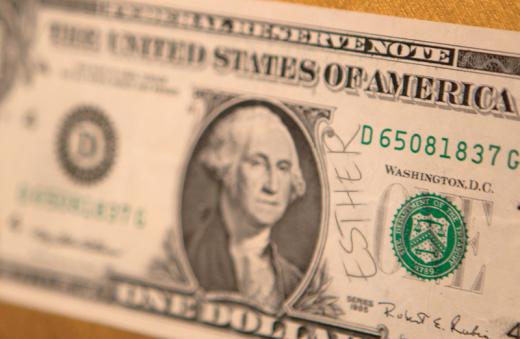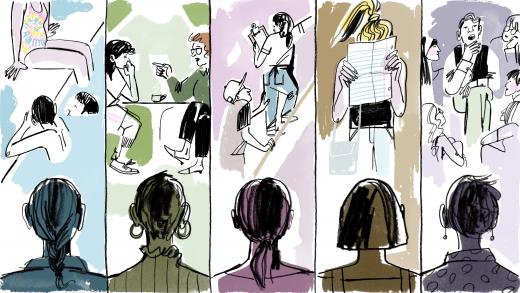What it's actually like to live in the confusing information landscape that is Putin's Russia.
-
Download Control-click (or right-click) Tap and hold to download
- Transcript
Prologue
Ira talks to Russian reporter Anna Nemtsova in Moscow about the recent subway bombing in St. Petersburg and the conspiracy theories she heard from Russians as soon as news about the bombing started to spread. Anna Nemtsova is a correspondent for The Daily Beast and Newsweek. (5 minutes)
Ira quotes this recent article in The Guardian about Putin by Keith Gessen.
Going In With A Bang
Back in 1999 there was a series of bombings of apartment buildings in Moscow and across Russia. 300 people died. It happened just as Vladimir Putin was coming to power. And there was a question whether Putin or other people in the Kremlin might have been involved. Producer Robyn Semien talked to reporters who covered the bombings and reviewed the evidence. (20 minutes)
Robyn talks to reporter Scott Anderson in this story. His article "None Dare Call It a Conspiracy" originally appeared in the pages of GQ.
Mr. Popular
Vladmir Putin’s approval rating is a seemingly unreal 84%. Ira talks to reporter Charles Maynes to find out if that number is real and how it could be that high. Then Charles talks to a Putin supporter who explains why she loves her president. (10 minutes)
Maybe Pay Attention To The Man Behind The Curtain
Disinformation and propaganda works differently in Putin’s Russia than it did during the Soviet Union. Instead of tamping down the opposition, the Russian government works to control the opposition. Producer Sean Cole introduces us to Putin’s right-hand man who is credited with inventing this new way of controlling information. (15 minutes)
One of the journalists Sean speaks to in this story is Peter Pomerantsev. He’s the author of the book "Nothing Is True and Everything Is Possible: The Surreal Heart of the New Russia."
Peter Pomerantsev wrote about Vladislav Surkov for The Atlantic.
A Matter of Principal
The anti-government protests last month in Russia were surprising for a few reasons – including the fact that they included tons of young people. After the protests, teenagers started posting videos to the internet of their teachers lecturing them about the protests and the kids arguing back. (7 minutes)
Ira talks to reporter Joshua Yaffa about a video that one student filmed in the town of Bryansk. Joshua Yaffa wrote about the protest and the video for The New Yorker.

